- Austechindia
- Quality
Quality
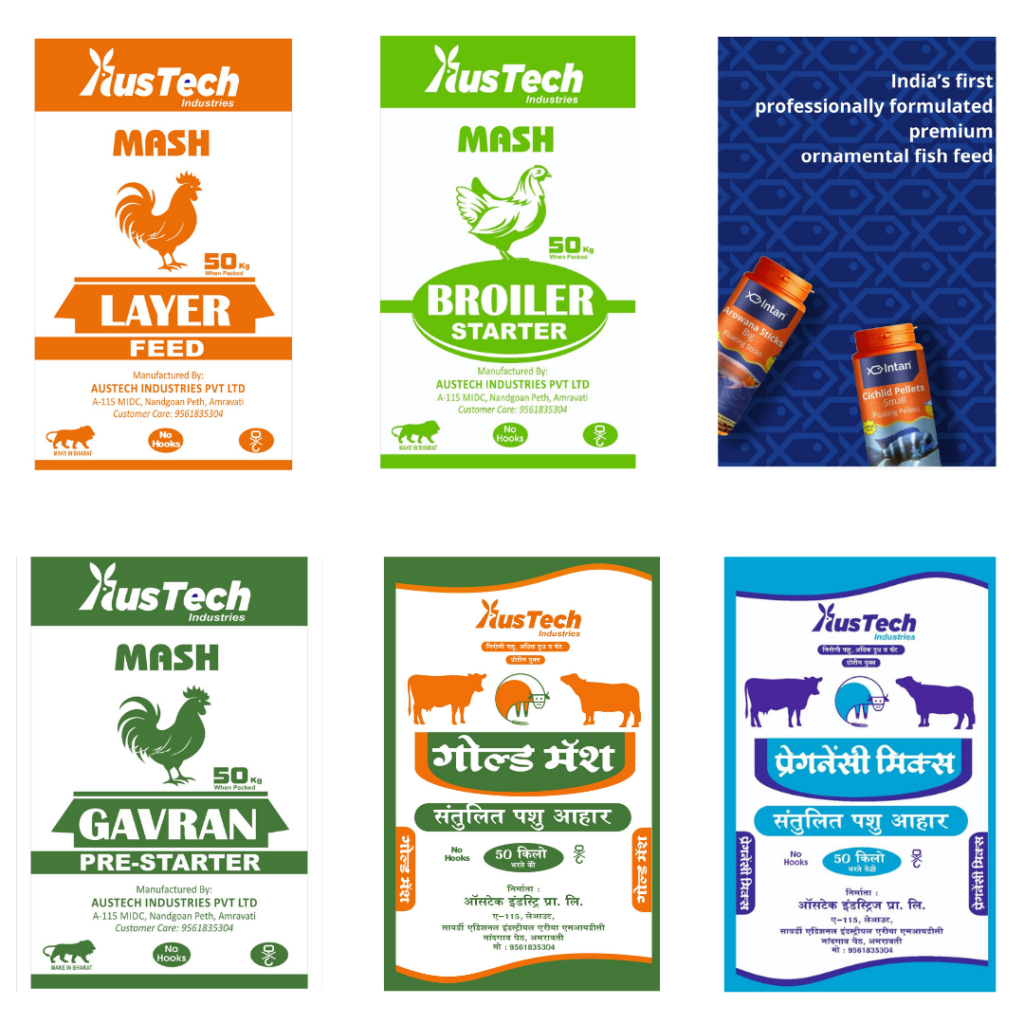
Technology at austechindia
At a time when the poultry farming was a largely unorganised and a small-scale industry, Austech india pioneered a number of technologies and innovative processes to enhance the scale and quality of poultry production in India. Even today, technology permeates all major stages of poultry farming at Austech india.
Feed Technologies
We believe that good feed makes good chicken. Hence, we have introduced a number of technological breakthroughs in feed production, packaging and transportation.
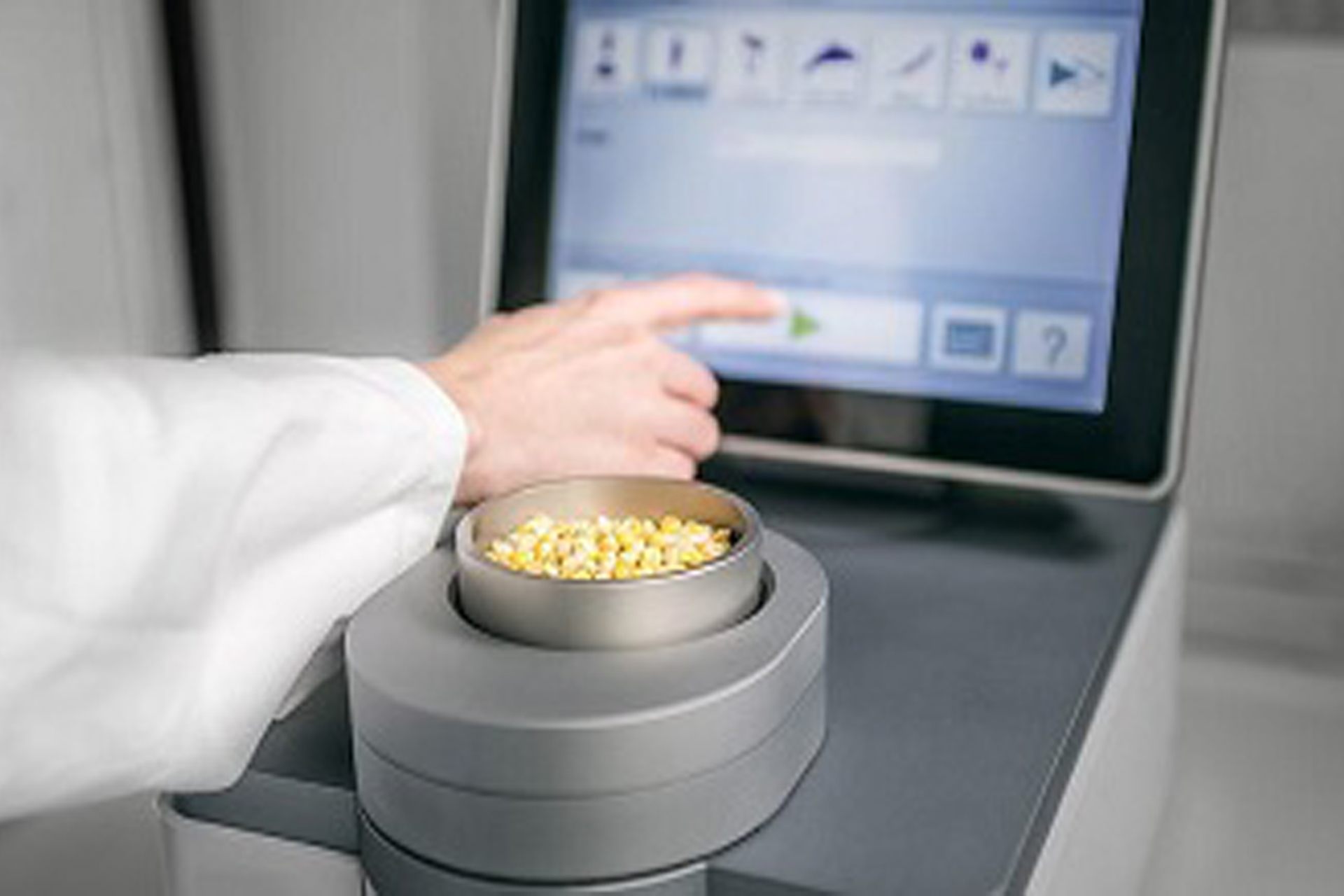
Stringent Raw Material Testing
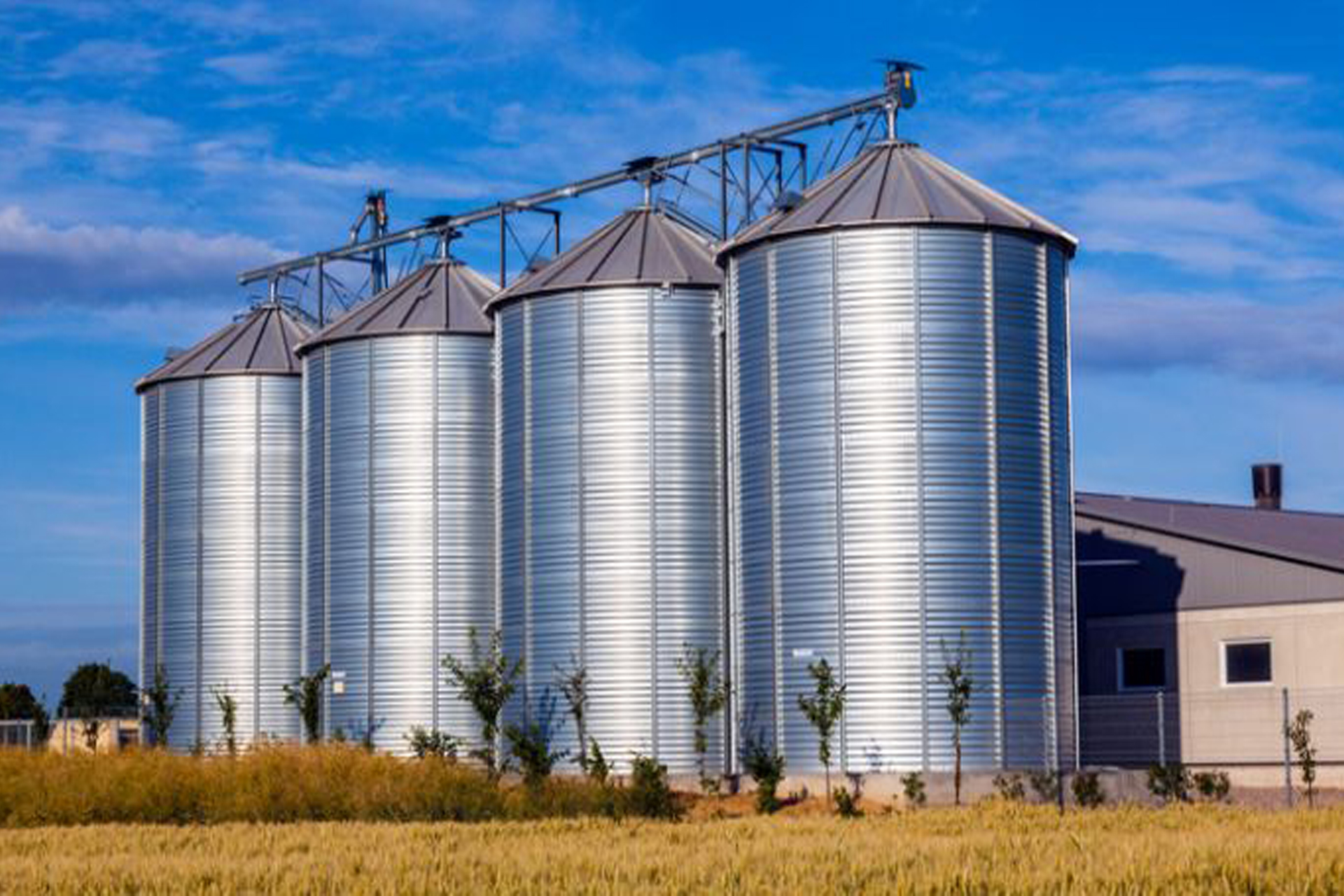
Silo-based Storage
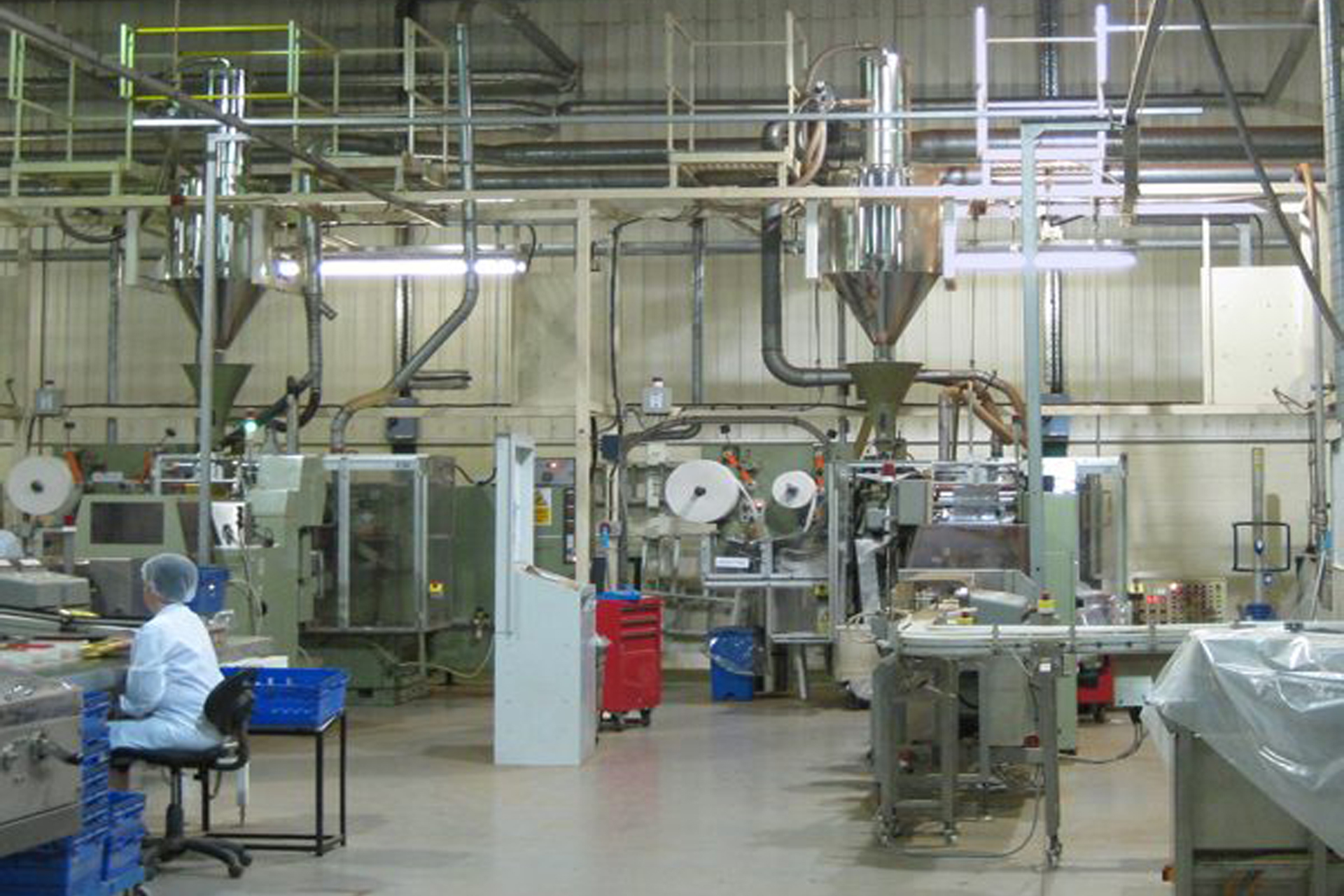
Centralised Control
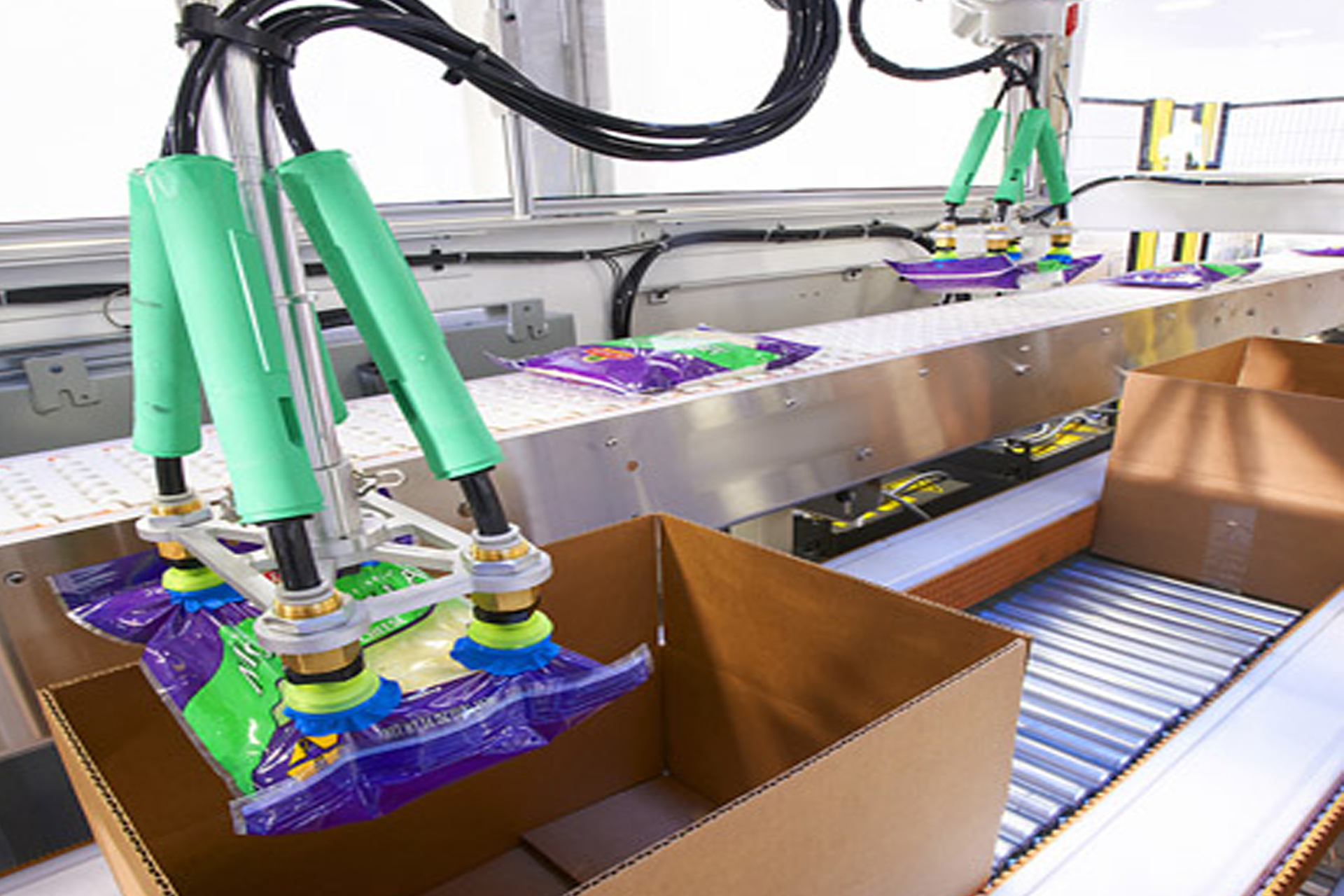
Automated Packaging
Research & Development at Austech india
Research & Development has been an integral part of austech india growth story. In every step of our journey, we have innovated to overcome challenges.

The feed manufacturing process involves several key steps to ensure a balanced, nutritious, and high-quality feed for livestock. Below is a detailed breakdown:
1. Raw Material Selection
The first step is selecting high-quality raw materials, which commonly include:
• Energy Sources: Corn, barley, wheat.
• Protein Sources: Soybean meal, cottonseed meal, cotton seed de oiled cakes
• Fiber Sources: Rice husk, wheat bran, groundnut hulls
• Minerals & Vitamins: Limestone, dicalcium phosphate, salt, premixes
• Additives: Enzymes, probiotics, antibiotics (as required)
2. Raw Material Grinding
Larger raw materials (like grains and oil cakes) are ground using hammer mills or grinders to improve digestibility and mixing efficiency.
3. Batching & Mixing
• Batching: Weighing and proportioning ingredients based on a formulated feed recipe.
• Mixing: Ingredients are blended thoroughly in mixers (horizontal or vertical) to ensure even distribution of nutrients.
4. Conditioning & Pelletizing (Optional but common)
• The mixed feed is sent to a conditioning chamber, where steam is added to improve pellet formation.
• The conditioned feed is passed through a pellet mill, pressing it into small cylindrical pellets.
• Pellets improve digestibility, reduce waste, and enhance feed intake.
5. Cooling & Drying (For Pelleted Feed)
• Fresh pellets are cooled using a cooling system to remove excess moisture and prevent spoilage.
• Sometimes, additional drying is done to bring moisture levels below 10-12%.
6. Sieving & Crumbling
• Sieving removes oversized or undersized particles.
• Crumbling breaks large pellets into smaller sizes for young animals.
7. Quality Control & Testing
• Samples are tested for moisture, protein, fat, fiber, and minerals to meet nutritional standards.
• Microbiological tests ensure safety from mold, bacteria, or contaminants.
8. Packaging & Storage
• Final feed is packed in bags (50kg, 25kg) or bulk containers.
• Stored in a cool, dry place to prevent spoilage.
9. Distribution
• Feed is transported to farms or markets based on demand.



